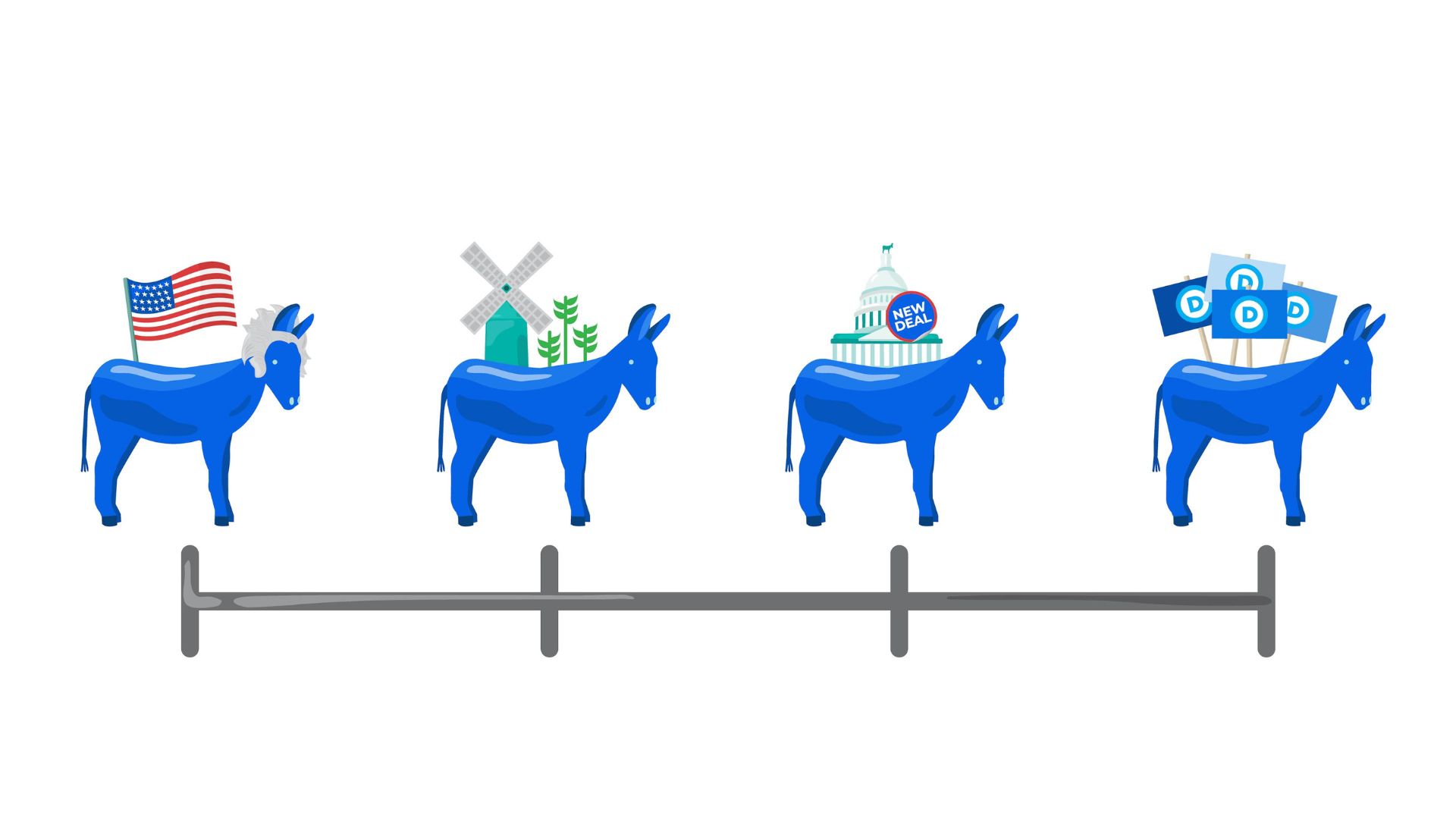Political party platforms are the official statements of a party’s beliefs, policies, and goals. However, these platforms are not static. Over time, political parties often shift their positions on key issues to reflect changes in society, public opinion, and internal dynamics. Understanding why party platforms change is essential for anyone interested in politics, as these shifts influence elections, policy decisions, and the overall direction of a country.

Shifts in Public Opinion
One of the main reasons party platforms change is the evolving attitudes of the electorate. Public opinion on social, economic, and political issues does not stay the same, and political parties must adapt to remain relevant. As society changes—whether through advancements in technology, changes in demographics, or shifts in cultural values—parties must modify their platforms to meet the expectations of voters.
For example, public opinion on issues like same-sex marriage and climate change has shifted dramatically over the past few decades. Political parties that once opposed same-sex marriage may now support it, recognizing that a significant portion of their voters has changed their stance. In the case of climate change, more political parties have embraced environmental policies due to the growing concern among the public about global warming.
Influence of Social Movements
Social movements are another driving force behind changes in party platforms. These movements, often led by citizens rather than politicians, bring attention to specific issues and demand change. Political parties often respond by incorporating these demands into their platforms to align with a more engaged and active voter base.
The Civil Rights Movement in the United States is a classic example. During the 1960s, this movement pushed for an end to racial segregation and discrimination. In response, the Democratic Party, which had previously been divided on racial issues, adopted civil rights as a central part of its platform. Similarly, in recent years, movements like Black Lives Matter and #MeToo have influenced political parties to prioritize issues of racial justice and gender equality in their platforms.
Changes in Leadership
Leadership plays a significant role in shaping a political party’s platform. When new leaders take charge, they often bring their own vision and priorities, which can lead to a shift in the party’s direction. For instance, a more progressive or conservative leader can push the party toward new policy positions that differ from those of previous leadership.
Consider the Republican Party in the United States. When Donald Trump became the party’s leader in 2016, the party’s platform shifted significantly. His focus on populist and nationalist themes marked a departure from traditional Republican positions on issues like free trade and foreign intervention. Similarly, the Labour Party in the UK saw a shift in its platform under Jeremy Corbyn, who emphasized more socialist policies compared to his predecessors.
Evolving Political Context
The broader political landscape can also cause parties to change their platforms. New issues emerge, old ones fade, and political parties must adjust their priorities accordingly. For instance, the rise of globalization and the digital economy has created new challenges that political parties need to address, such as cybersecurity, digital privacy, and job automation.
Additionally, crises like wars, economic recessions, or pandemics often force political parties to rethink their platforms. For example, the COVID-19 pandemic reshaped the political priorities of many parties worldwide, with more emphasis on healthcare, economic recovery, and social safety nets. A party that once prioritized austerity might shift toward policies that support increased government spending in times of crisis.
Conclusion
Political party platforms are not set in stone; they evolve in response to shifts in public opinion, social movements, leadership changes, and political contexts. This constant evolution allows political parties to stay relevant, address new challenges, and appeal to a broad base of voters. While these changes can sometimes create confusion or division, they are a natural part of the democratic process, ensuring that political parties adapt to the ever-changing needs and values of society.
Understanding why party platforms change helps us make sense of the shifting political landscape and highlights the importance of remaining informed and engaged as voters.

